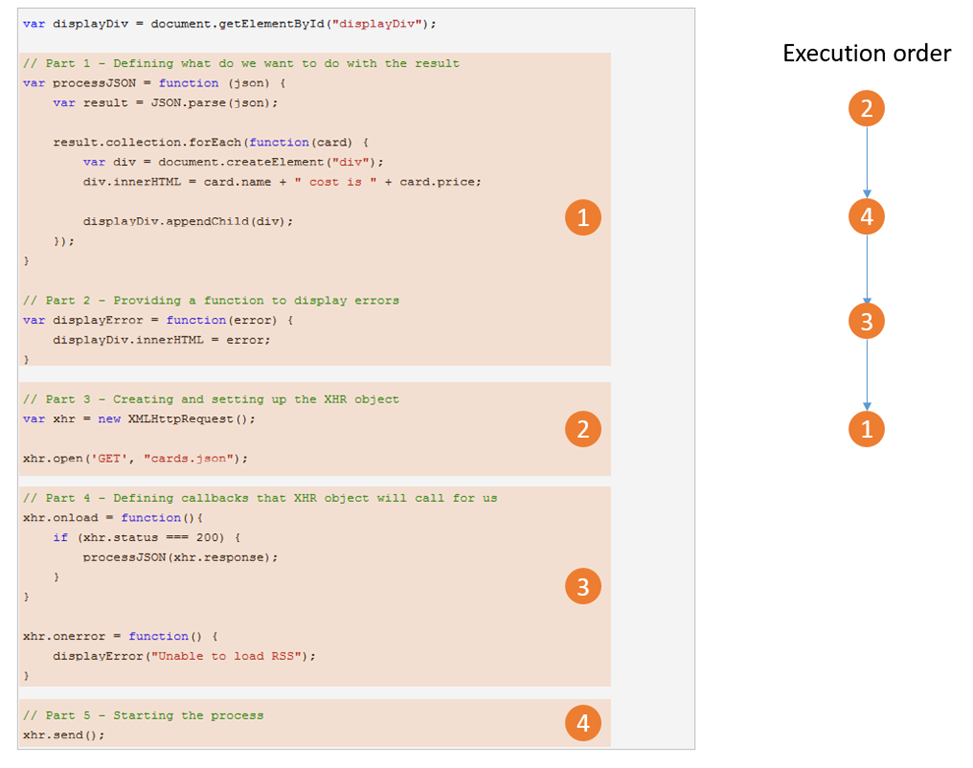This article is part of a web development series from Microsoft. Thank you for supporting the partners who make SitePoint possible.
JavaScript has come a long way since its early versions and thanks to all efforts done by TC39 (The organization in charge of standardizing JavaScript (or ECMAScript to be exact) we now have a modern language that is used widely.
One area within ECMAScript that received vast improvements is asynchronous code. You can learn more about asynchronous programming here if you’re a new developer. Fortunately we’ve included these changes in Windows 10’s new Edge browser—check out the Microsoft Edge change log.
[author_more]
Among all these new features, let’s specifically focus on “ES2016 Async Functions” behind the Experimental Javascript features flag and take a journey through the updates and see how ECMAScript can improve your currently workflow.
First stop: ECMAScript 5 – Callbacks city
ECMAScript 5 (and previous versions as well) are all about callbacks. To better picture this, let’s have a simple example that you certainly use more than once a day: executing a XHR request.
var displayDiv = document.getElementById("displayDiv");
// Part 1 - Defining what do we want to do with the result
var processJSON = function (json) {
var result = JSON.parse(json);
result.collection.forEach(function(card) {
var div = document.createElement("div");
div.innerHTML = card.name + " cost is " + card.price;
displayDiv.appendChild(div);
});
}
// Part 2 - Providing a function to display errors
var displayError = function(error) {
displayDiv.innerHTML = error;
}
// Part 3 - Creating and setting up the XHR object
var xhr = new XMLHttpRequest();
xhr.open('GET', "cards.json");
// Part 4 - Defining callbacks that XHR object will call for us
xhr.onload = function(){
if (xhr.status === 200) {
processJSON(xhr.response);
}
}
xhr.onerror = function() {
displayError("Unable to load RSS");
}
// Part 5 - Starting the process
xhr.send();
Established JavaScript developers will note how familiar this looks since XHR callbacks are used all the time! It’s simple and fairly straight forward: the developer creates an XHR request and then provides the callback for the specified XHR object.
In contrast, callback complexity comes from the execution order which is not linear due to the inner nature of asynchronous code:

The “callbacks hell” can even be worse when using another asynchronous call inside of your own callback.
Second stop: ECMAScript 6 – Promises city
ECMAScript 6 is gaining momentum and Edge is has leading support with 88% coverage so far.
Among a lot of great improvements, ECMAScript 6 standardizes the usage of promises (formerly known as futures).
According to MDN, a promise is an object which is used for deferred and asynchronous computations. A promise represents an operation that hasn’t completed yet, but is expected in the future. Promises are a way of organizing asynchronous operations in such a way that they appear synchronous. Exactly what we need for our XHR example.
Continue reading %JavaScript Goes Asynchronous (and It’s Awesome)%
Source: SitePoint
